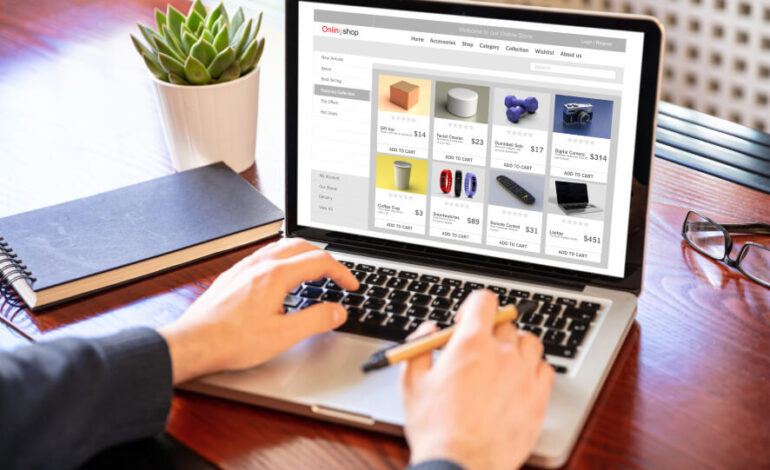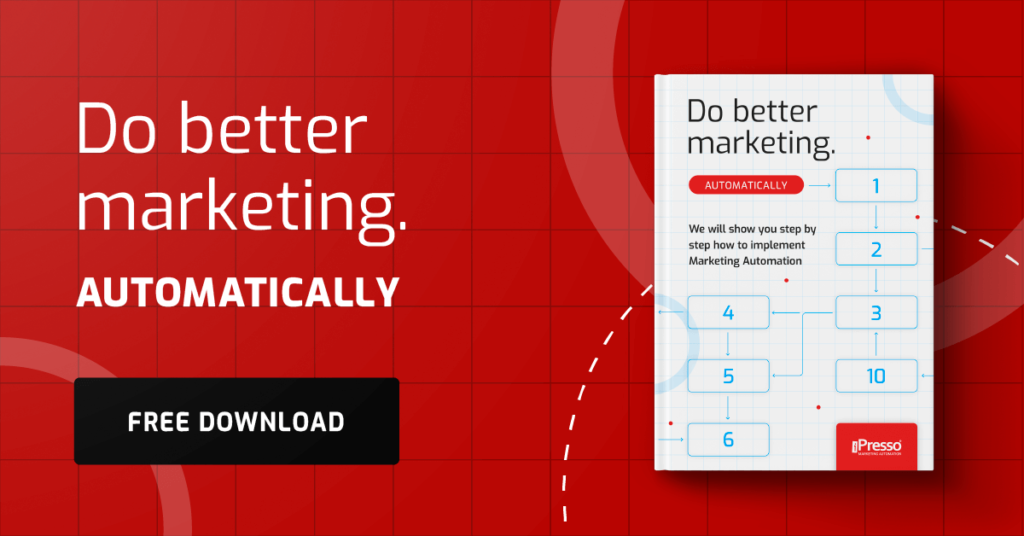Are Your Customers Only Buying One Product? Increase Basket Value with AI Recommendations

The static “Bestsellers” box is no longer enough. If you want your e-commerce business to stop fighting for every dollar and start selling more, you need to act like an experienced, insightful salesperson who knows the taste of every customer perfectly. Artificial Intelligence is the only way to achieve this level of personalization at scale. In this practical guide, we will show you how to use an AI recommendation engine to automatically increase your store’s average basket value and revenue.
The Problem with Static Recommendations
Most online stores have recommendations. Usually, these are simple, static blocks: “Most Purchased Products,” “Others Also Viewed,” or “Recently Viewed.” While they do offer some benefits, their static nature makes them ineffective in the context of today’s personalization standards.
Why? Because they are impersonal and non-adaptive. A customer buying professional photographic equipment sees the same bestsellers as a person looking for a phone case. However, the goal of every e-commerce business is to show the right products, to the right person, at the right time.
True sales growth is achieved when a customer feels the store understands their needs. A simple list that everyone sees will not provide this. This is where an advanced, AI-powered recommendation engine comes in handy.
How Does the “Brain” of an AI Recommendation Engine Work?
An AI recommendation engine acts like an advanced detective, analyzing millions of data points about transactions and on-site behavior. Let’s demystify AI—it’s not magic, but advanced statistics that draw conclusions too complex for a human to notice.
AI systems are based on two main mechanisms:
1. “Other customers also bought…” (Collaborative Filtering)
This is the most powerful mechanism. The system learns from the transaction history of thousands of users. It detects hidden purchasing patterns, for example:
“People who bought this camera model also purchased this memory card and a case 85% of the time.”
The engine creates a map of associations between products and users, allowing it to predict what the current customer is statistically most likely to buy.
2. “If you like this, you will also like…” (Content-Based Filtering)
This mechanism focuses on the attributes of the products themselves. It is especially useful when the customer is new, and the engine does not yet have their purchase history. The system analyzes the characteristics of the product the customer is currently viewing:
“I see you are looking at black, leather shoes from Brand X. I will now show you other black, leather shoes with a similar style and price also from brands often purchased by Brand X enthusiasts.”
By combining behavioral analysis with product feature analysis, the recommendation engine is able to create personalized, relevant suggestions, increasing the chance of an additional purchase.
Part 1: How to Configure the Recommendation Engine?
The technology itself is only half the battle. Strategic placement of the recommendation boxes and choosing the right sales tactic are crucial.
Step 1: Where to Place Recommendations?
The most important locations where the AI engine should be operating:
- Homepage: A “Specially for You” or “Personalized Bestsellers” box. This is the ideal spot for returning customers, showing them products from their favorite categories.
- Product Page: Classic, but improved sections like “Others Also Viewed” (where you suggest complementary products, e.g., accessories) and “Similar Products” (where you show alternatives or more expensive versions).
- Shopping Cart: A critical location for increasing order value! A box such as “Add to Your Order” or “Products You Might Need.” Here, you suggest small, complementary accessories, e.g., batteries, cleaning supplies, or an extended warranty.
- Emails and Notifications: A recommendation box in a post-purchase email (e.g., “Maybe this will be useful for your new purchase?”) or in abandoned cart notifications.
Step 2: Which Sales Strategy to Choose?
The AI engine should dynamically change its strategy depending on the location in the store and the customer’s purchase stage.
- Cross-selling is proposing complementary products, such as batteries for a toy, a filter for a coffee machine, or lens cleaning fluid. Its goal is to maximize customer outfitting.
- Up-selling focuses on proposing a better, more expensive version of the product being viewed, e.g., “This laptop is good, but this more expensive model has twice the memory and is the most popular among gamers.”
- Personalized Bestsellers is a strategy involving showing the most popular products, but only within the customer’s favorite category. If someone frequently buys sports accessories, the system will show them the latest and best-selling running shoe models, not hit kitchen scales.
Part 2: How to Know if It’s Working?
Implementing AI is an investment. You need to know how much money this tool is making for your store. Measuring effectiveness is key!
Key Performance Indicators (KPIs)
- Revenue from Recommendations: Measure the exact amount of money the store earned directly from transactions where the customer clicked on a recommended product.
- Impact on Average Order Value (AOV): Compare the AOV of customers who bought something from recommendations with the AOV of those who didn’t. This is the fairest indicator.
- CTR (Click-Through Rate): Measure what percentage of users who saw the recommendation box actually clicked on it. A low CTR may indicate poor placement of the box or low-quality recommendations.
The Best Proof Method: A/B Testing
A/B testing is a great way to obtain the real, not just estimated, profit from AI recommendations.
- User Segmentation: For 2-4 weeks, display the AI recommendation boxes to 50% of users (Group A).
- Control: For the other half (Group B), leave the same boxes empty or hide them.
- Analysis: After the test, compare the revenue and Average Order Value (AOV) in both groups.
The difference between Group A and Group B is your real, additional profit generated by Artificial Intelligence.
Summary
In today’s highly competitive e-commerce landscape, an intelligent recommendation engine is not a luxury, but a necessity. It is the most effective and fully scalable way to automatically increase sales without continuously spending money on advertising.
AI creates the impression that your store perfectly understands the needs of every customer, leading to two things: higher revenues and greater loyalty.
Stop struggling with static lists and give your customers what they truly need.



